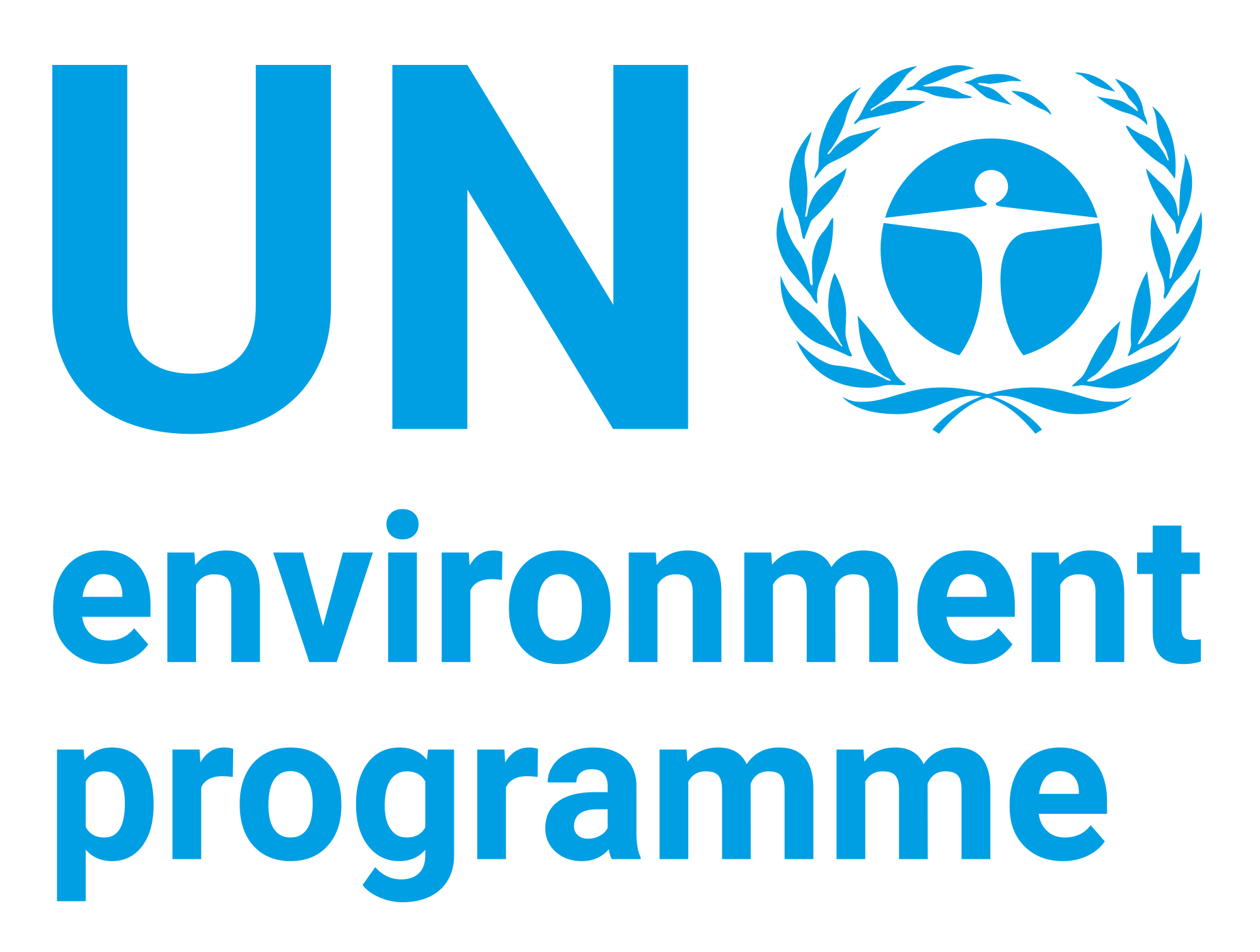| dc.contributor | Economy Division | en_US |
| dc.contributor.author | United Nations Environment Programme | en_US |
| dc.date.accessioned | 2019-08-02T17:28:56Z | |
| dc.date.available | 2019-08-02T17:28:56Z | |
| dc.date.issued | 1983 | |
| dc.identifier.isbn | 92 807 1059 1 | en_US |
| dc.identifier.uri | https://wedocs.unep.org/20.500.11822/29043 | |
| dc.description | The electric arc furnace and the development of the mini-steel mill, along with direct reduction, has enabled countries to install for themselves steel making capacities for 60 to 70% of the capital cost required for an integrated steel works. Unlike the classical process which needs an annual production capacity of several million tons to be economically viable and competitive, a mini-steel mill can operate efficiently with a small scale as low as 5 t/hour, enabling flexibility. Furthermore, a direct reduction (IDR) plant has a much larger turn down ratio (i.e. the lowest proportion of the installed capacity at which an installation may continue to function in practice) than a blast furnace, although the specific energy consumption may rise. | en_US |
| dc.format | Text | en_US |
| dc.language | English | en_US |
| dc.relation.ispartof | UNEP Industry & Environment Guidelines Series | en_US |
| dc.rights | Public | en_US |
| dc.subject | mining | en_US |
| dc.subject | iron ore | en_US |
| dc.subject | air pollution | en_US |
| dc.subject | water pollution | en_US |
| dc.subject | noise control | en_US |
| dc.subject | solid waste management | en_US |
| dc.subject | health | en_US |
| dc.subject | iron and steel industry | en_US |
| dc.subject | environmental aspect | en_US |
| dc.subject | steel | en_US |
| dc.title | Environmental Guidelines for the Direct Reduction Route to Steel Making | en_US |
| dc.type | Publications | en_US |
| dc.type | Technical Guidelines or Manuals | en_US |


